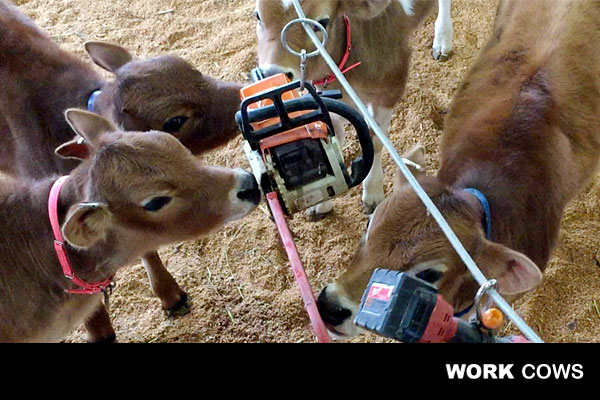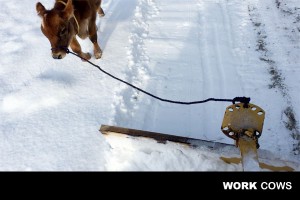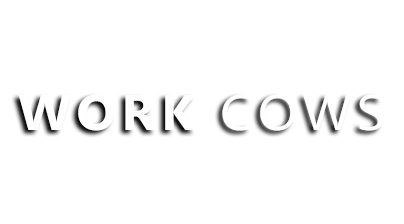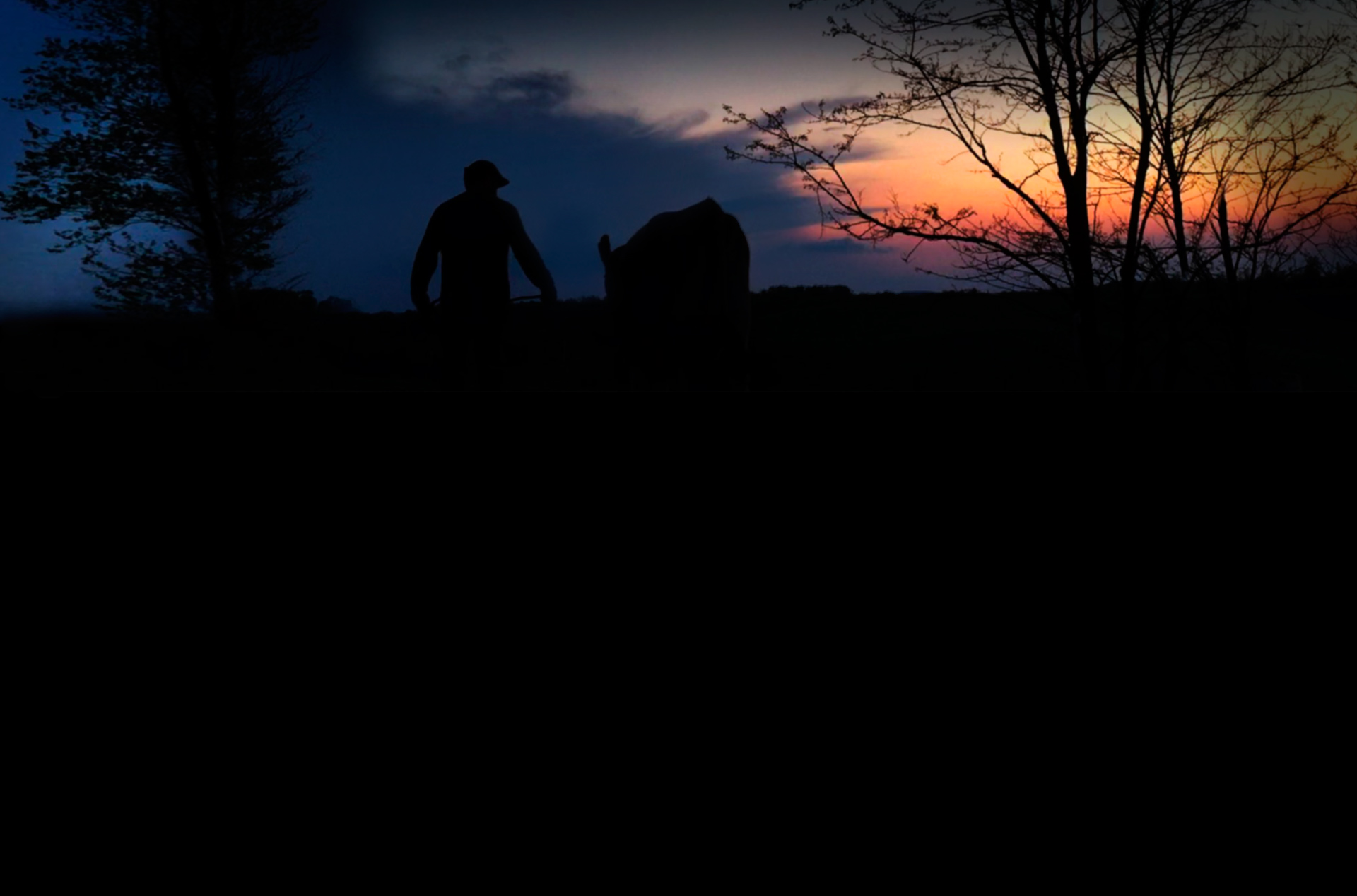
09 May Creatures of Habit: Why This Behavior Occurs & How to Avoid It with Your Bovine
For centuries animal training experts have put forth the idea that animals learn by rote, which is essentially a memorization technique based on repetition. By repeating each action in the same sequence and setting, most any animal could be trained to react in the same way, each time they were subjected to exactly the same stimuli or situation.
Many people still utilize rote training today when teaching their dairy cows to lead, enter the milking stanchion or step up into a trailer. While there is nothing wrong with this type of training for simple tasks, using it to train a bovine beyond simple obedience and milking procedures can result in confusion and even danger.
Bomb-Proof or Pre-Programmed?
Often when a farmer visualizes the perfect dairy cow for their farm, they dream of finding one that is virtually “bomb-proof.” While this can mean different things to different people, most see the bomb-proof cow as being one that will stand perfectly still when being milked, groomed or given care from a vet. She is the cow that never seems to spook when subjected to the daily routine and the one that the family feels is safe for even the youngest child to practice hand milking techniques on.
While a truly bomb-proof cow is a rare and valuable asset to any farm, a problem often arises in the training styles commonly used by farmers in their efforts to achieve this goal. Often relying on the rote method, they continue to ask their cows to repeat the same actions, in the same setting and often even at the same time of day.
Unfortunately, a cow trained in this manner, even though seeming to be exceedingly well-mannered and obedient, will end up being far from bomb-proof. Instead, these mostly docile cows are merely pre-programmed, like Pavlov’s dog, taught to produce the same reaction each time it was subjected to the same type of stimulus.
The Danger of the Pre-Programmed Cow
As any farming family will attest, no two days on the farm are ever the same and rarely will any day go by without some sort of unexpected noise, gust of wind moving things about, or burst of activity. Sudden noises, moving shadows, the appearance of strange items, people or animals or even changes in the weather can startle and surprise the animals on the farm. For the pre-programmed cow, weighing in at a half-ton or more, being startled or surprised can have dangerous consequences for the humans, other animals or even themselves.
Because she was subjected to only a few types of stimuli and trained to react in only a few ways, any event or action that falls outside of those used in her training program is likely to trigger her startle response. A cow in this situation is likely to:
- become excited or nervous and move about restlessly
- toss their head about, (with or without horns, this can cause serious injuries to humans and other animals)
- initiate a flight response, which can cause other cows to startle also, forming a stampede
- kick at people, animals or objects nearby
Scores of farm accidents occur each year where people are injured or killed by cows that were thought to be docile, or bomb-proof, but instead were merely pre-programmed to respond in a certain way to a limited number of stimuli.

Building a Foundation of Trust to Enable More Complete Training
While no cow will probably ever completely achieve the level of the fabled bomb-proof cow, farmers can utilize smarter selection and training procedures to produce animals that are much safer for them to work with or near. These training procedures go far beyond common rote training. First, a foundation of trust must be built between the farmer and the cow, to create an atmosphere where the cow is eager to learn and please her trainer.
Once this bond is in place, the farmer can begin training the cow to accept and react positively to new experiences, including strange sounds, movements and locations. Unlike rote training that repeats each action over and over, the cow is tasked with producing a positive response from a wide range of stimuli. Much more involved than traditional rote methods, this type of training can take months or even years of work and dedication on the part of both the farmer and the student, but the reward will be a cow that is exceptionally safe and trustworthy.

